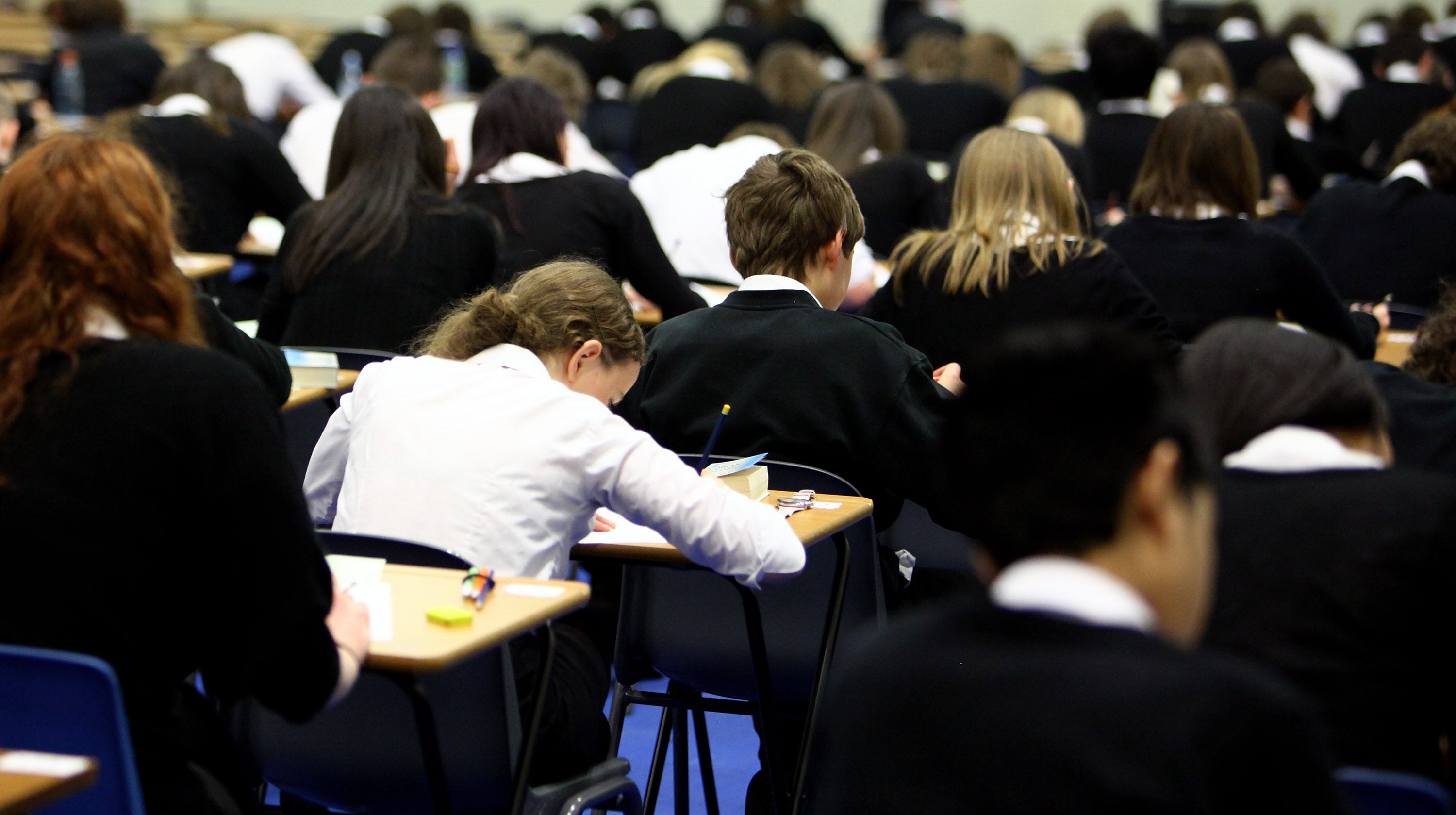Proportion of children securing first choice secondary school places falls
‘Most pupils gain places at their first-choice schools, but a significant number, particularly at secondary level, don’t do so, and this is bound to be very disappointing for the families concerned’

Your support helps us to tell the story
From reproductive rights to climate change to Big Tech, The Independent is on the ground when the story is developing. Whether it's investigating the financials of Elon Musk's pro-Trump PAC or producing our latest documentary, 'The A Word', which shines a light on the American women fighting for reproductive rights, we know how important it is to parse out the facts from the messaging.
At such a critical moment in US history, we need reporters on the ground. Your donation allows us to keep sending journalists to speak to both sides of the story.
The Independent is trusted by Americans across the entire political spectrum. And unlike many other quality news outlets, we choose not to lock Americans out of our reporting and analysis with paywalls. We believe quality journalism should be available to everyone, paid for by those who can afford it.
Your support makes all the difference.The proportion of pupils gaining places at their first-choice secondary school has fallen, figures show.
Nearly one fifth of children have missed out on their top choice of secondary school, rising to more than two in five pupils in some areas of England, according to data from the Department for Education (DfE).
It comes as the number of applications to secondary schools in England rose by 0.8 per cent to just over 605,200.
Figures show 81.1 per cent of children starting secondary school this September have received an offer from their first-choice school, down from 82.2 per cent last year.
Slough had the lowest proportion of families getting their top choice at just 56.1 per cent, followed by Hammersmith and Fulham and Richmond upon Thames in London.
The DfE said the figure will have been affected by the delay to the selective school tests due to the pandemic.
In some local authorities - including Slough - parents could name selective schools on the application form when their child may not have reached the standard required for an offer.
The statistics show the proportion of children securing their preferred primary school has increased, from 90.2 per cent in 2020 to 91.8 per cent this year.
The number of applications to primary schools in England dropped by 5.1 per cent to around 580,700.
Geoff Barton, general secretary of the Association of School and College Leaders, said: “Most pupils gain places at their first-choice schools, but a significant number, particularly at secondary level, don’t do so, and this is bound to be very disappointing for the families concerned.
“The main reason this happens is the competition which exists for places at schools which are rated good or outstanding by Ofsted.
“These schools are often over-subscribed and some families therefore miss out on their first preference.
“The solution is for the government to put more support into struggling schools and make sure every family has access to a good school place.
“Unfortunately, the current system is not working well enough for schools which face the greatest degree of challenge and the communities they serve.”
Paul Whiteman, general secretary of school leaders’ union NAHT, said: “Until the government sorts its act out and comes up with a national strategy to guarantee there are enough school places for every child in England, the annual anxious wait for families will always be a problem.
“For too many, there will be huge disappointment. In some parts of the country, it will mean children having to travel long distances to go to secondary school or being separated from their peers.
“The government’s own figures show that an extra 418,000 secondary school places will be needed in England by 2027, to meet the 14.7 per cent rise in pupil population.
“There is a desperate need for long-term planning that spans all sectors.”
PA
Join our commenting forum
Join thought-provoking conversations, follow other Independent readers and see their replies
Comments